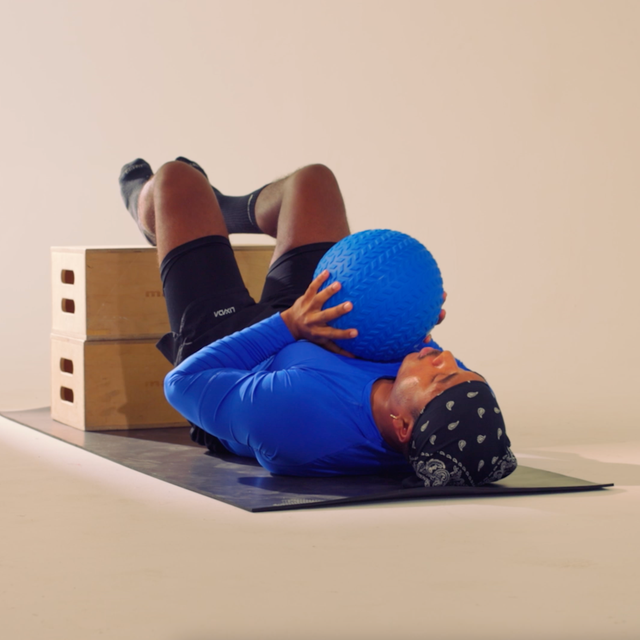It’s hard to get motivated when you dread exercise. Here’s how to get started.
Some exercisers thrive on the motto of “harder, faster, stronger.” Good for them. But that doesn’t work for everybody — even more so if you are out of practice.
For the rest of us, experts suggest a different mantra: easier, slower, stronger.
“Less is more when you are trying to start a fitness routine, especially if you dislike exercise,” said Cedric Bryant, the chief executive of the American Council on Exercise in San Diego.
The key to long-term health is building a stable fitness habit, not how hard you push. And research suggests that even five to 10 daily minutes of simple activity, like walking or gardening, has health benefits.
“People have an idea of what exercise looks like, and it’s usually the extreme end of the spectrum,” said Kinsey Cave, a trainer based in Houston with the National Academy of Sports Medicine. “They have PTSD from high school P.E. class or a militant group exercise class and get totally turned off.”
But it’s possible to move the needle on your health without breaking a sweat or even getting off your couch. Low-intensity exercise can be an important way to improve balance, muscle strength and mental health, said Tyler C. Cooper, president of Cooper Aerobics, a health clinic and fitness center in Dallas. For example, a short two-minute stroll up and down the block after dinner helps regulate blood sugar.
Even a mellow routine of stretches can be therapeutic if you haven’t been exercising, added Andrew Jagim, director of sports medicine research at the Mayo Clinic Health System in Onalaska, Wis.
